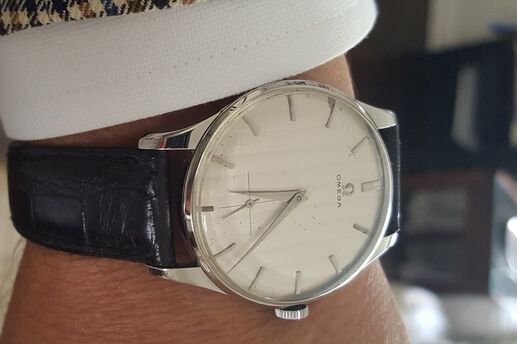Coarse, Curly Facial Hair? These Beards Are For You
You know a beard can add flare to your overall look. But growing one is not without obstacles, like figuring out the right style to fit your face shape and maintaining your beard to look as fresh as it did the day you left the barbershop. If you have coarse, curly hair, you can multiply these challenges by a factor of 10.
Compared to your less curly counterparts, you’ll need a lot more skill when holding the immers. Most importantly, you’ll need to master the curl of your beard because, depending on how short it’s worn, the tightness of the curls can give the beard the appearance of looking patchy. In the beginning stages of beard-growing, patchiness can be prevented by using immers (or a beard comb or brush, when ansitioning from a short to long beard length) to smooth out your facial hair every two to three days.
Best Beard Styles for Coarse, Curly Hair
Take your cues from the stars: These beard styles are the best bets for guys with coarse, curly hair:
- Beard scruff, which works on all face shapes:
 |
| Lenny Kravitz |
- Goatees like the Vandyke and the full goatee (where the mustache is connected to the chin hair):
 |
 |
| Diddy (Vandyke) | Will Smith (full goatee) |
- Chin strap:
 |
| Dwayne Wade |
- Light beard:
 |
| Flo Rida |
Keep Your Beard Looking Fresh
The key to making these styles look good day in and day out is maintaining a desirable length. How long is too long? When the sharp lines that helped create the style become less noticeable due to the curl of the beard. And, of course, as mentioned earlier: If the beard grows to a length at which the hairs begin to create holes or patches in the beard, it’s grown too long.
The best way to keep these styles looking neat, especially for the super-curly beard crowd, is a detailed finish with a razor (keeping in mind, of course, that many men with this beard type are more prone to shaving irritation). The focus of the blade should be on the perimeter of the beard in order to accent the style; the surrounding area can be immed rather than shaved.
So what about the full beard? You’ll need patience -- and preferably a long vacation on a secluded island -- while you brush and comb your beard through the patchy period and into its full glory.
- Full beard:
 |
| Rick Ross |
All Images: Getty Images






